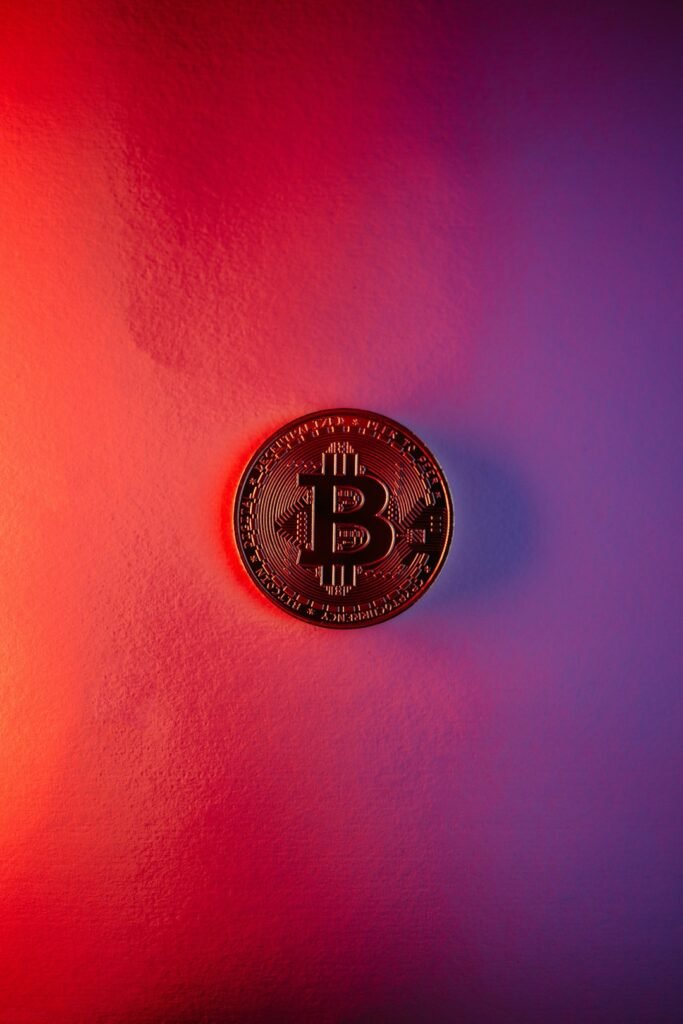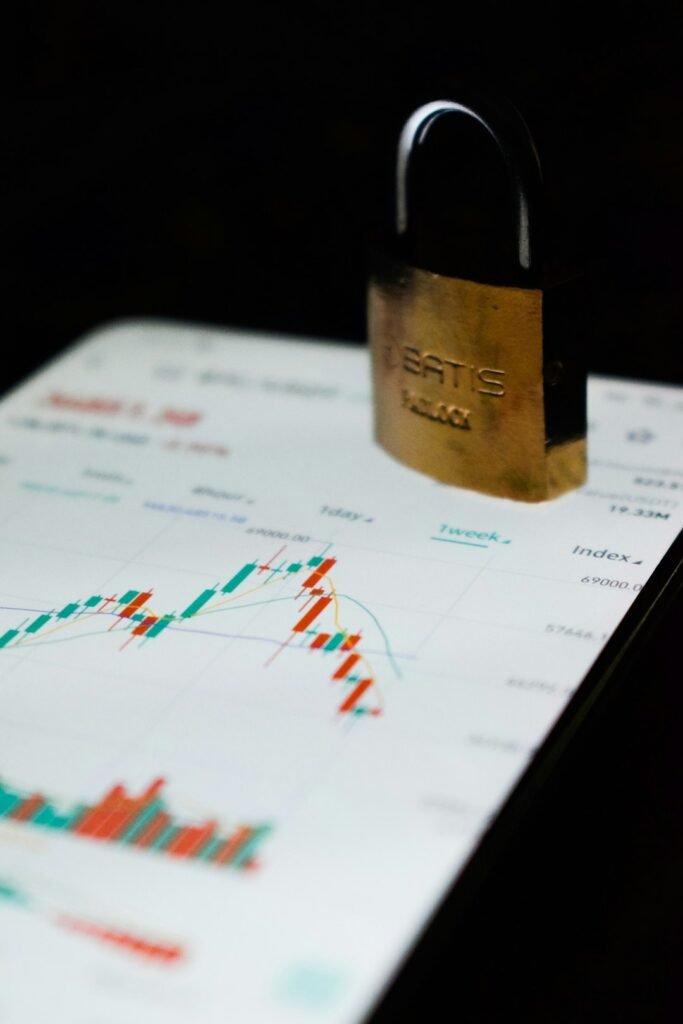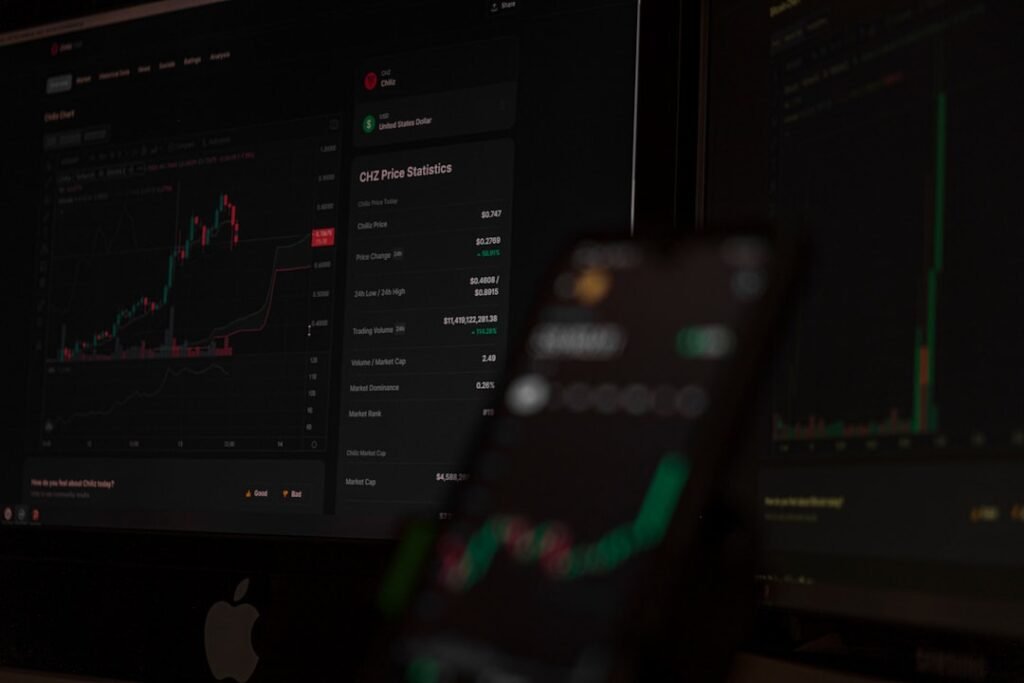DeFi Beginner's Journey: What Should You Prepare Before Operating?
The promise of decentralized finance (DeFi) is revolutionary: access to financial services like lending, borrowing, and trading, available to anyone globally with just a smartphone and internet connection. Unlike the traditional, siloed financial system controlled by centralized institutions, DeFi offers open alternatives without intermediaries. Yet, stepping into this world can feel overwhelming. With hundreds of DeFi apps across various blockchains and thousands of tokens, knowing where to start is crucial. This guide outlines the essential preparations you 필수 make before diving in, ensuring your journey begins securely and confidently.
The Non-Negotiables: Your DeFi Starter Kit
-
Secure a Compatible Crypto Wallet: Your Gateway
- This is your absolute foundation. You need a non-custodial crypto wallet specifically designed to interact with DeFi applications (dapps). Think of it as your personal bank vault and passport to the decentralized web (Web3).
- 예시: Coinbase Wallet, MetaMask (for Ethereum and compatible chains like Polygon, Arbitrum), Nami, Eternl, or Typhon (specifically for Cardano-based DEXes like MinSwap).
- Crucially: Your wallet holds your private keys or seed phrase. You control your funds, not an exchange or bank. This empowerment comes with significant responsibility.
- If using Coinbase's ecosystem, options include the standalone Coinbase Wallet app/browser extension or the integrated Coinbase dapp wallet within the main Coinbase app.
-
Safeguard Your Seed Phrase Like Fort Knox
- When setting up your wallet, you'll generate a Recovery Phrase (Seed Phrase) – typically 12 or 24 random words. This is the master key to all assets in that wallet.
- Write it down physically on paper or a metal backup solution. Store multiple copies in secure, separate locations (e.g., home safe, safety deposit box). Never store it digitally (no photos, cloud notes, emails, texts).
- NEVER share it with anyone. Legitimate support will never ask for it. Anyone who does is a scammer.
- Consider a Hardware Wallet: For enhanced security, especially as your crypto holdings grow, use a hardware wallet (like Ledger or Trezor). These store your private keys offline, making them immune to online hacking attempts, even if your connected computer is compromised. Connect it to your software wallet (like MetaMask or Coinbase Wallet) for secure DeFi interactions.
-
Fund Your Wallet with Crypto (Primarily ETH or ADA)
- To interact with DeFi protocols (pay gas fees, swap tokens, provide liquidity), you need cryptocurrency in your self-custody wallet.
- Acquisition: Buy crypto (like Ethereum's ETH for Ethereum-based DeFi, or Cardano's ADA for Cardano-based DeFi like MinSwap) on a reputable centralized exchange (CEX) like Coinbase, Kraken, or Binance.
- Transfer:
- If using Coinbase Exchange + Coinbase Wallet/dapp wallet: You can often link them for easy, secure transfers directly within the Coinbase ecosystem.
- General Method: Withdraw your purchased crypto from the CEX by sending it to your wallet's public receiving address. Double and triple-check this address before sending! A mistake means lost funds. Start with a small test transaction.
- Gas Fees: Remember that performing actions on blockchains (like Ethereum or Cardano) requires paying transaction fees, known as "gas." You need the native token (ETH for Ethereum, ADA for Cardano) in your wallet to cover these fees.
-
Understand the Core Concepts and Inherent Risks
DeFi is powerful but carries unique risks absent in traditional finance. Going in blind is perilous. Grasp these fundamentals:- 스마트 계약: DeFi runs on self-executing code (smart contracts) deployed on blockchains. While audited, they are not infallible.
- Risk: Smart Contract Risk/Hacks: Bugs or vulnerabilities in the contract code can be exploited by hackers, potentially leading to the loss of funds locked in that protocol. (Remember The DAO hack in 2016?).
- Impermanent Loss (IL): A significant risk for liquidity providers (LPs). When you provide two tokens to a liquidity pool (e.g., ETH and USDC), you earn fees. However, if the price ratio of your deposited tokens changes dramatically compared to when you deposited, you could end up with less value than if you had just held the tokens separately when you withdraw. This loss is "impermanent" only if prices return to the original ratio – which isn't guaranteed.
- Slippage: The difference between the expected price of a trade and the actual executed price. This occurs due to price movements between when you submit a transaction and when it's confirmed on the blockchain, or if the trade size is large relative to the available liquidity in the pool. Setting a slippage tolerance in your wallet helps prevent failed (or extremely unfavorable) trades.
- DeFi Insurance (Mitigation, Not Elimination): Platforms like Nexus Mutual offer coverage against specific risks like smart contract failure. This adds a layer of protection but is not a guarantee and involves its own costs and risks. Understand what is and isn't covered.
- Protocol Risk: Beyond code bugs, risks include governance failures (bad decisions by token holders), oracle failures (incorrect price feeds), or even the protocol team abandoning the project ("rug pull" – less common in established protocols but a risk with new ones).
- Dapp Front-end Phishing: Always double-check the URL of the DeFi application you're accessing. Scammers create fake websites mimicking real dapps to steal your wallet info when you connect. Bookmark legitimate sites.
- 스마트 계약: DeFi runs on self-executing code (smart contracts) deployed on blockchains. While audited, they are not infallible.
Getting Operational: Accessing the DeFi World
Once your wallet is set up, secured, funded, and you understand the risks, you're ready to explore:
-
Accessing Dapps (Decentralized Applications):
- Dapps are the user interfaces for interacting with DeFi protocols directly via your wallet.
- Using Coinbase Wallet:
- Tap the middle icon (browser icon) at the bottom of the app to open the built-in Web3 browser.
- Type the URL of the dapp you want to use (e.g., app.uniswap.org, aave.com, app.minswap.org).
- Using Coinbase dapp wallet: Click the "Browser" icon at the bottom of your Coinbase app.
- Using Browser Extensions (e.g., MetaMask, Coinbase Wallet extension):
- Install the extension (e.g., from Chrome Web Store).
- When you navigate to a dapp website, a prompt will usually appear asking you to connect your wallet. Select your wallet provider and approve the connection.
-
Navigating Your First DeFi Actions (Examples):
- Swapping Tokens: Use a Decentralized Exchange (DEX) like Uniswap (Ethereum), PancakeSwap (BNB Chain), or MinSwap (Cardano) to exchange one token for another directly from your wallet. You pay gas fees and potentially encounter slippage.
- Lending: Deposit tokens into a protocol like Compound or Aave to earn interest. Your funds go into a liquidity pool that borrowers use (providing over-collateralization).
- Borrowing: Deposit crypto as collateral and borrow other assets from protocols like Aave or Compound. Be mindful of liquidation risks if your collateral value falls too low.
- Providing Liquidity: Supply equal value of two tokens (e.g., ETH/USDC) to a DEX liquidity pool. You earn trading fees but are exposed to Impermanent Loss.
- Yield Farming (Advanced): A more complex strategy involving providing liquidity and then using the LP tokens received as rewards to farm additional tokens, often amplifying returns (and risks). Platforms like PancakeSwap offer this.
- Collateralizing NFTs: Use platforms like NFTfi to lock a valuable NFT as collateral for a crypto loan.
Operational Security (OPSEC): Protecting Your Digital Wealth
DeFi requires a heightened security mindset:
- Guard Your Keys: Your seed phrase is everything. Its compromise means total loss. Hardware wallets significantly mitigate online threats.
- Verify Everything: Double-check URLs, contract addresses (if interacting directly), and recipient addresses before sending funds or approving transactions. Bookmark legit sites.
- Beware of Scams: Phishing emails, fake support, "too good to be true" investment offers, and fake token airdrops are rampant. Never share keys or passwords. Never connect your wallet to a site you don't trust implicitly.
- 강력하고 고유한 비밀번호를 사용하세요: Especially for your email, exchange accounts, and any wallet software (though the seed phrase is the ultimate key). Consider a password manager.
- Enable 2FA (on Exchanges/Custodial Services): Use an authenticator app (like Google Authenticator or Authy), NOT SMS, for two-factor authentication on exchanges where you hold assets before transferring to your self-custody wallet.
- 소프트웨어 업데이트 유지: Ensure your wallet software, browser, and operating system have the latest security patches.
- Start Small: Experiment with small amounts of crypto you can afford to lose while you learn the ropes.
- Stay Informed: DeFi evolves rapidly. Follow reputable sources to stay updated on new risks, protocols, and security best practices. Understand the risks associated with each specific dapp you use.
Conclusion: Preparation is Your Launchpad
The decentralized finance landscape offers unprecedented opportunities for financial participation and innovation. However, this frontier demands respect, preparation, and caution. Successfully navigating your DeFi journey begins long before your first swap or deposit. By meticulously securing a compatible wallet, safeguarding your seed phrase with utmost diligence, funding your wallet responsibly, and thoroughly understanding the core concepts and inherent risks like smart contract vulnerabilities, impermanent loss, and slippage, you build a solid foundation. Combine this knowledge with vigilant operational security practices to protect your assets. Only with this essential preparation complete are you truly ready to explore the vast, exciting, and potentially rewarding world of DeFi. Remember, in this ecosystem, you are your own bank – act accordingly.












